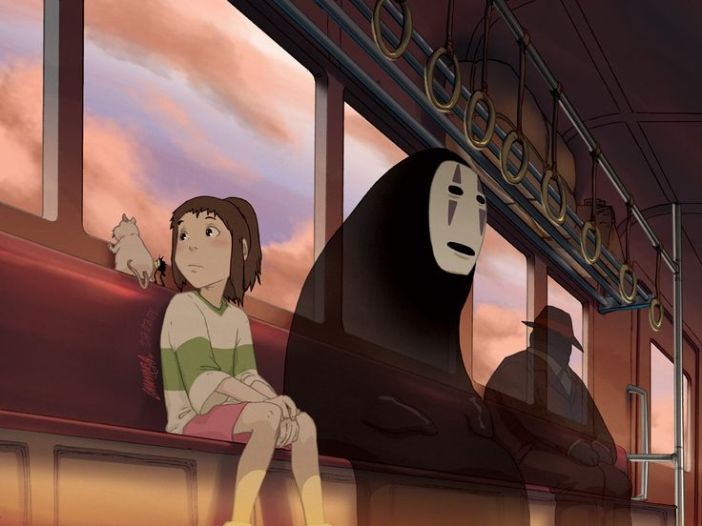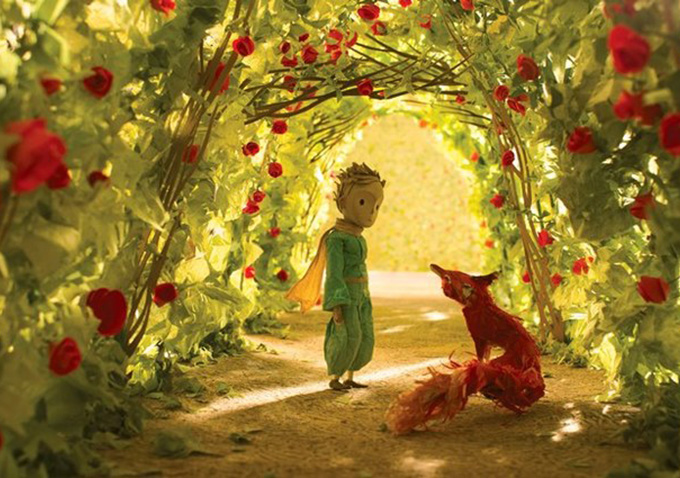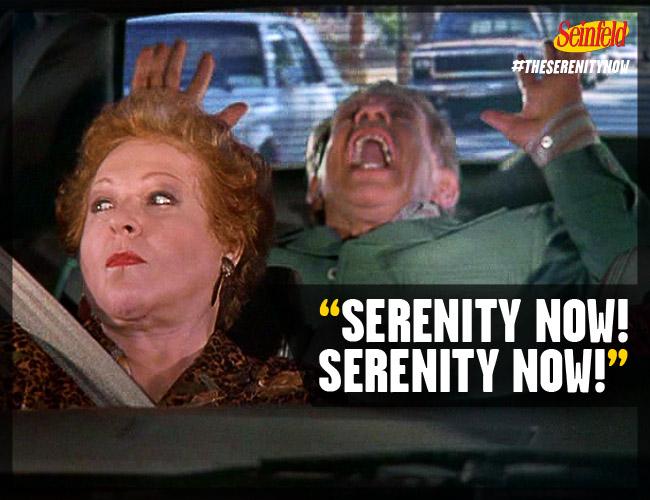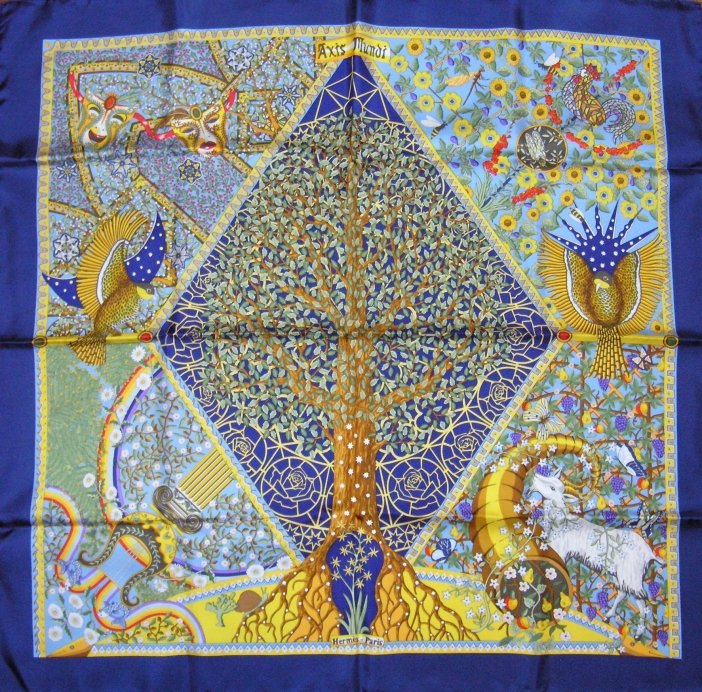Maybe it’s part of the trend of magic re-entering the mainstream of late, I don’t know. Although the inner shadow-hipster I completely disavow cringes at the idea, I think it’s a good thing that we seem to be seeing a re-injection of proper myth into stories “for kids.”
Cases in point: Spirited Away, The Little Prince, Moana.
(Ok, I know Spirited Away isn’t new, in fact this year is its 15th anniversary. But for precisely that reason some theaters are screening it this month. And to be fair, Miyazaki has been making movies with spiritual/Shinto themes for decades, but maybe now people outside Japan will be able to get that in a way that I suspect they haven’t previously. As a sidebar, Chihiro is way less bratty and annoying in Japanese than in the English-dubbed version.)
Oh yeah–spoiler alert. I’ll try to keep it to a minimum.
Spirited Away (2001)

Spirited Away is the most overtly shamanic of the three films here. It is pretty explicit that the heroine Chihiro and her parents inadvertently cross into an Otherworld when they wander through a seemingly abandoned amusement park. I mean, they should have known, really–transdimensional crossings pretty much go with the territory with abandoned amusement parks, I would think, much like buildings that used to be hospitals (speaks the voice of experience) or are full of antique dolls (shudder) are bound to be haunted. There follow a series of encounters with bizarre spirits out of a really adorable (Japan, amiright?) mushroom trip as Chihiro is stripped of her this-world identity* and must find allies, and her own courage, on the Other side. She does this, in part, through performing services to spirits like the river kami in the bathhouse, Kaonashi (“No-Face,” a kind of wetiko–and indeed, greed is the big villain in this film), Haku the dragon, and Bou the giant baby. What she learns in the Otherworld enables her to return herself and her parents to this world, but now she is not only transformed by the journey but has a posse of helping spirits.
There’s some more theories about the meaning(s) of Spirited Away in this article, but it unfortunately reduces the shamanic character of the story to the more universal but neutered “spiritual.”
*Chihiro’s loss of this-world identity is made explicit when she is renamed Sen. Sen, another reading of the first character in the name Chihiro, means 1000; in other words, she is literally robbed of a name and becomes just a number. That this is done by Yubaba, the greedy mistress of the underworld bathhouse where Chihiro must earn her freedom, could be read as a symbol of the dehumanization we all face in the modern workplace/marketplace.
The Little Prince (2015)

The Little Prince, based on the ostensibly-children’s story (really more a tale for jaded adults), was released as a Netflix original. It sets the original story within a framing narrative which is what turns this from a very French meditation on love, loss, and death (seriously, when I read the story I can hear it in my mind’s ear as if it is being read by an ennui-filled Frenchman between slow, cynical drags on a Gaulois) to an underworld journey. I highly doubt this was intentional, but it gets the job done nonetheless.
Netflix had been plugging the movie on its homepage but I had exactly zero interest until I happened to hear an interview about it on NPR while driving to work. Specifically, it was this quote, from the Fox, that happened to be a major sync for me:
“It is only with the heart that one can see rightly; what is essential is invisible to the eye.”
Three days later I was looking to kill time while doing laundry and Netflix promoted the movie again, and my primary helping spirit told me emphatically that I needed to watch it.
You can “read” the movie on various levels: as a social critique about how work and school crush our souls; as a parable about death and grief; or as an exploration of “what is essential” in life, e.g., play, spontaneity, love. But the more interesting story, to me, is once again about a journey to the Otherworld and the encounter with helping/tutelary spirits–specifically the Little Prince, the Fox, the Snake, and the Rose. The little girl heroine first acquires her own helping spirit/power animal–a fox (Trickster par excellence), represented/embodied by one of the most shamanic implements I can imagine, a stuffed fox toy covered with glow-in-the-dark stars and filled with jingle bells–and then goes to retrieve her friend the Aviator’s helping spirit, the Little Prince, before stewarding the Aviator into death. In so doing she effects healings/soul retrievals for herself, her friend, her mother, and by extension (if you’re receptive to the idea) the viewer.
For me, this movie was filled with truth bombs, some of which are still waiting to be ignited. My feminists out there will be happy to know that the Rose, who in the book is a two-dimensional and very unflattering depiction of Woman as weak, vain, and naive, is in the movie a tutelary spirit; and as mentioned, the Little Prince is actually not the hero in this version, but rather a little girl.
If you do work with helping spirits, it’s hard to put into words but there is something about this movie that seems to allow them to plug into it and download huge packets of information to a receptive mind. I don’t know, maybe it was just me? Give it a try. For example, if you plug the character of the Rose into the mystical and goddess (Isis/Venus/Mary/etc.) symbolism of the Rose (an example, another–there’s a lot and it’s well worth the dig), and even its medicinal properties, it’s like a cheat code that lets you jump ahead five levels. Then layer it onto this:
Strike, dear Mistress, and cure our hearts. I’ll just leave you with that and let you do your own experimentation.
Moana (2016)

Let’s just say I’m not the biggest fan of Disney films. Even as a kid I chafed against the message that the most important things I could aspire to were being pretty and falling in love with a rich man. I mean, I get the social context of the films made circa midcentury when that was an accepted “truth,” but Disney has lagged way behind the times in updating that message. As far as I know it wasn’t until Brave (2012) that we finally got a movie where romance wasn’t portrayed as the apotheosis of the story (and thus of a woman’s existence).
Also I hate musicals.
But, again because of an interview I heard on NPR on the way to work–which is interesting because I only switch to NPR these days during commercials on other stations, because as shit as popular music mostly is these days, it’s still better than what passes for “liberal” “news”–I thought I’d give this one a shot. I mean, it has a Trickster (Maui), explicitly identified as such.
Unsurprisingly considering this is Disney, of the three movies under consideration here it’s the most literal and (for me anyway) has the least potential for truth-bomb-downloads. In some ways, this movie is kind of an example of how not to do a movie about Otherworld journeys. It takes the seafaring very secularly and beats one over the head with the usual vapid Disney pabulum about “being true to yourself” and “listening to your heart” and such, and once again the protagonist is a “princess” (in a wink-wink-nudge-nudge on the part of the writers, she rejects that title, but if it walks like a duck…). Being a “voyager” is held up as something wonderful but there is never any reasoning for it; I can’t help but think how cool this movie could have been if the writers had read Star.Ships. Yet it does have ancestor spirits, Tricksters, an animate ocean, and gods, and the classic storyline of seeking a helping spirit, journeying through the underworld, ordeals, performing service to the spirits, and returning home transformed: The eponymous character Moana rebels against custom and authority in watered-down Whale Rider-style to find Maui and force him to fix a mistake he made that is ruining the world for mortals. Although she finds Maui in this world, together they journey to the underworld to retrieve Maui’s magic fishhook.
The underworld act is by far the best part of the movie, in large part because it evokes that boss Trickster, now on the spirit side, David Bowie.
Indeed, of these three movies, this one actually explores the Trickster mythos most deeply, showing how Maui is both a teacher and helper of humans and also something of a bumbling clown who “inadvertently” makes trouble for us. Arguably the story would have been more realistic (at least based on my experience of Tricksters) if at the end we found out that Maui had set up the story’s central McGuffin and all of Moana’s ordeals from the get-go for inscrutable purposes of his own, but I think that’s way too meta for Disney.
Anyway, if you bring the right perception to Moana (he who has eyes to see, let him see) you can still show the kids how to extract its mythic marrow. And for the girl children, they will get another young heroine, one who is happily not on a quest for a socially-advantageous marriage. And it’s a more appropriate entry-level treatment of myth for the littles, where Spirited Away has some creepy nightmare fuel and The Little Prince might go over the head of “kids” who don’t already have some grounding in the concept of spirit journeys.





